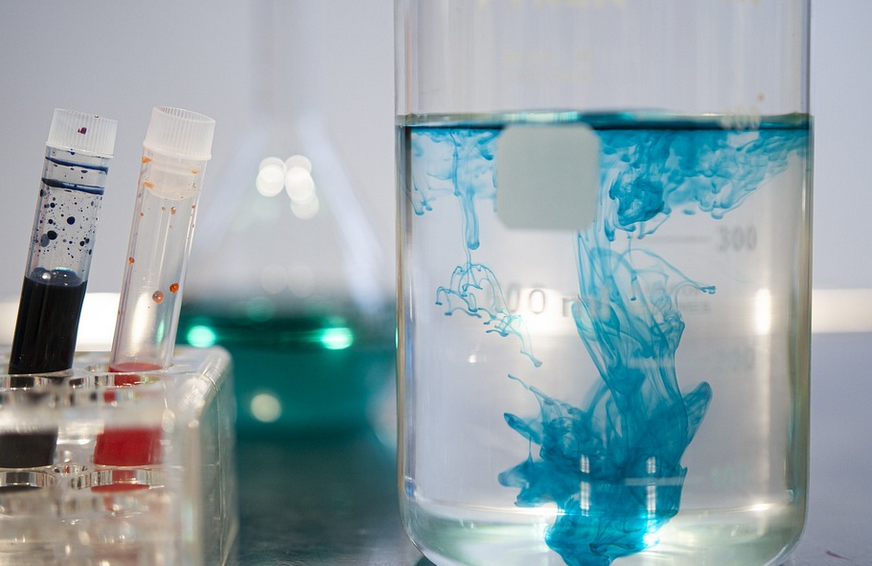Introduction
Have you ever come across the abbreviation “Ti” in your chemistry class or while reading a scientific article? If yes, you might have wondered what it stands for. Here, we will explore the full form of Ti in chemistry and its significance.
What is Ti?
Ti is the chemical symbol for the element Titanium. It is a transition metal that has the atomic number 22 and the atomic weight 47.87. Titanium is a lustrous, silver-grey metal that is known for its high strength, low density, and excellent corrosion resistance.
Titanium Properties
Titanium has some unique properties that make it a valuable element in various fields. It has a high strength-to-weight ratio, which makes it ideal for use in aerospace, military, and medical applications. It is also biocompatible, which means it does not react with human tissue and is used in implants, prosthetics, and dental implants.
Titanium Alloys
Titanium is often alloyed with other metals to enhance its properties. Some popular titanium alloys include Titanium 6Al-4V, Titanium 6Al-6V-2Sn, and Titanium 15V-3Cr-3Sn-3Al. These alloys have different compositions that provide unique properties and are used in various applications.
Titanium Applications
Titanium and its alloys have a wide range of applications. Some of the common applications include: – Aerospace and aviation industry: Titanium’s high strength-to-weight ratio and corrosion resistance make it ideal for use in aircraft components and engines. – Medical industry: Titanium’s biocompatibility makes it suitable for use in medical implants and prosthetics. – Sports equipment: Titanium alloys are used in sports equipment such as golf clubs, tennis rackets, and bicycle frames. – Chemical industry: Titanium is used in the chemical industry to make corrosion-resistant equipment and to produce various chemicals.
Titanium Mining
Titanium is found in various minerals, including ilmenite, rutile, and leucoxene. The mining of titanium involves extracting these minerals from the earth and processing them to obtain titanium metal or its alloys. The mining process involves several steps, including mineral separation, chemical processing, and refining.
Titanium Recycling
Titanium is a valuable metal, and recycling it can help conserve natural resources and reduce waste. The recycling process involves collecting scrap titanium, melting it down, and refining it to obtain pure titanium metal. Recycling titanium can also be cost-effective, as it requires less energy than mining and processing new titanium.
Titanium Price
The price of titanium can vary depending on several factors, including supply and demand, production costs, and market conditions. In recent years, the price of titanium has been relatively stable, with fluctuations due to changes in market conditions and supply chain disruptions.
Conclusion
In conclusion, titanium is a valuable element that has numerous applications in various industries. Its unique properties and characteristics make it a sought-after metal, and its mining and recycling processes are essential for ensuring its sustainability. By understanding the full form of Ti in chemistry and its significance, we can appreciate the role of titanium in our lives.

